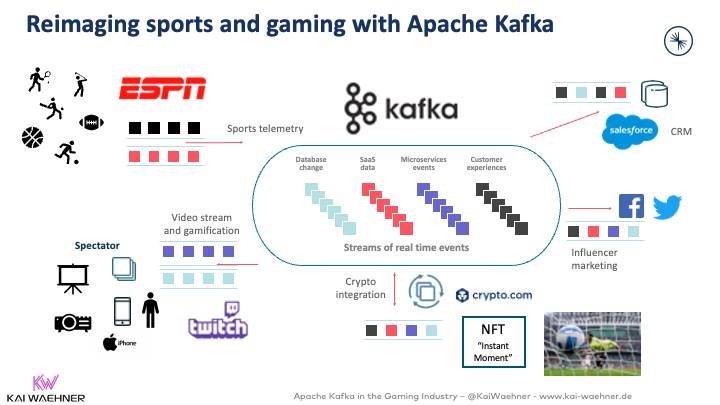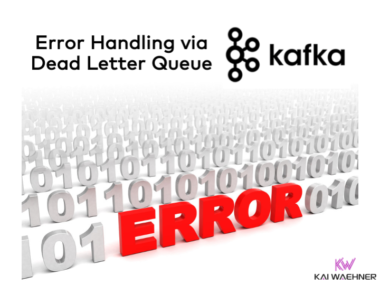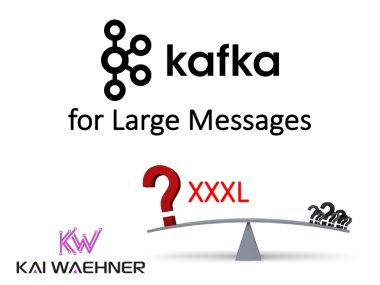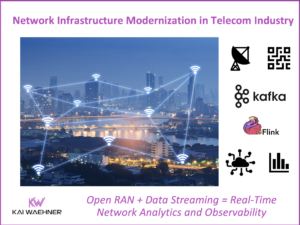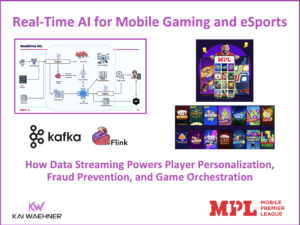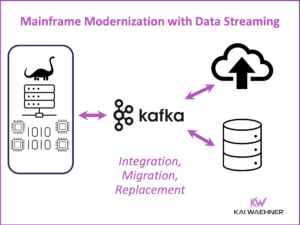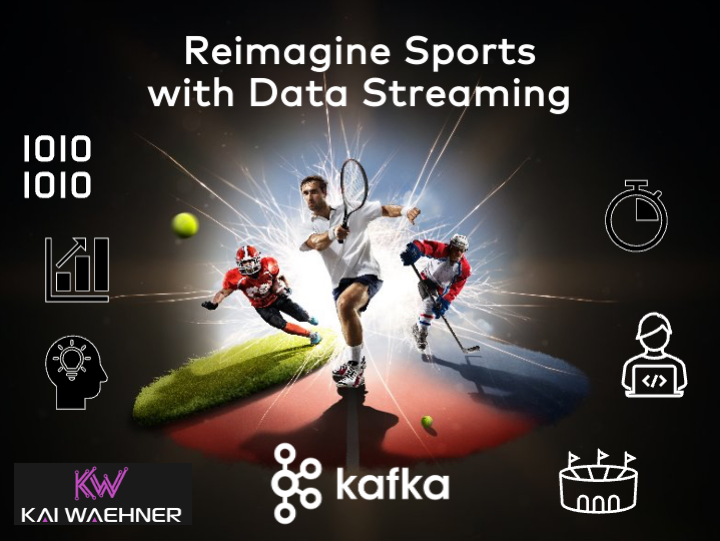
Innovation in sports and gaming with real-time analytics
Reimagining a data architecture to provide real-time data flow for sporting leagues and events is an enormous challenge. However, digitalization enables a ton of innovative use cases to improve user experiences and engage better with players, fans, and business partners.
Think about wonderful customer experiences with gamification when watching a match, live betting, location-based services in the stadium, automated payments, coupons, integration with connected fan shops and shopping malls, and so on.
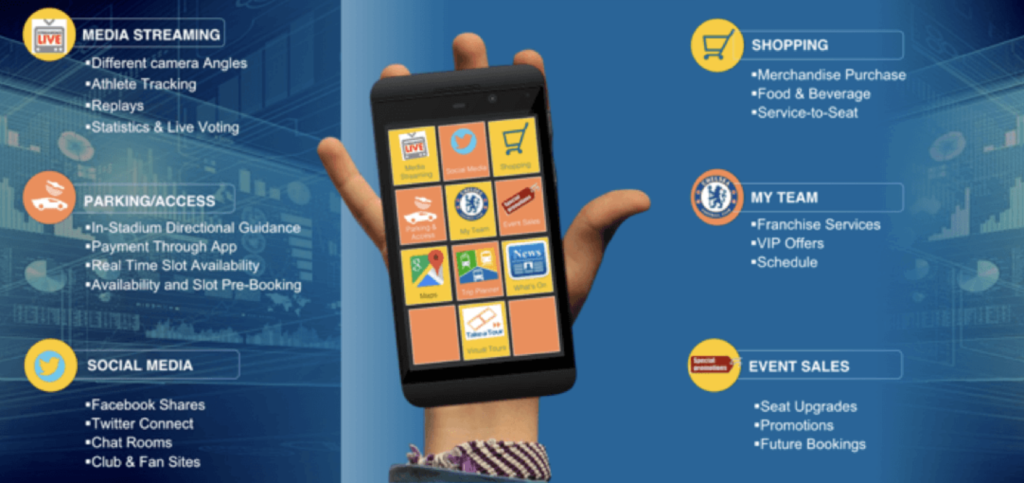
Improving the sport and the related matches itself is another excellent enhancement, including analyzing and monitoring gameplay, the health of players, security, and other use cases.
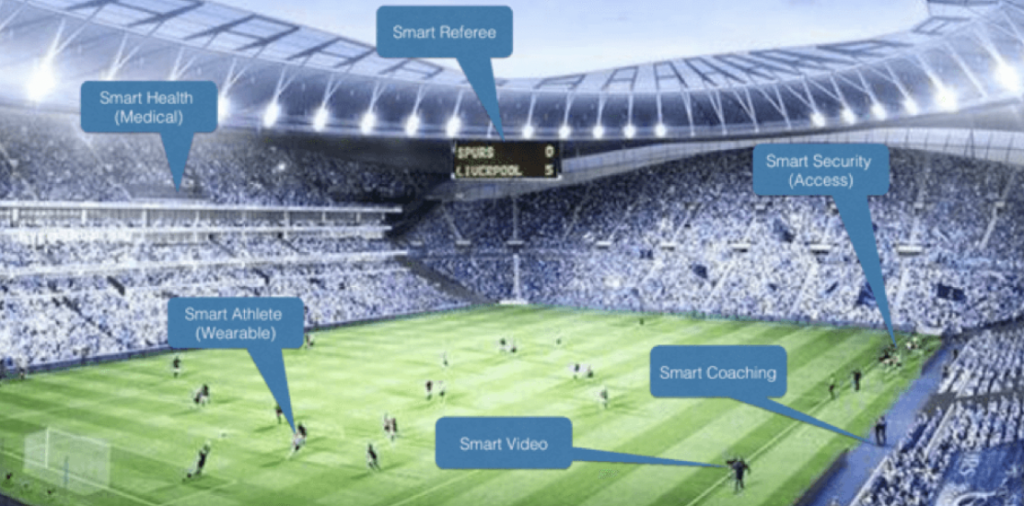
The current state of table tennis
World Table Tennis (WTT) is a business created by the International Table Tennis Federation (ITTF) to manage the official professional Table Tennis series of events and its commercial rights. Table tennis is more significant than you might think: There are over 200 member associations across the globe within the ITTF.
World Table Tennis also leads the digital sports transformation and commercializes its software application for real-time event scoring worldwide with Apache Kafka.
Previously, ITTF scoring was processed manually with a desktop-based, on-venue results system (OVR) – an on-premises solution to process match data that calculated rankings and records, then sent event information to other systems, such as scoreboards.
Real-time data is essential in the sporting world. The ITTF team re-engineered their data system in 18 months, moving from solely on-premises infrastructure to a cloud-native data system that uses fully managed Confluent Cloud with Apache Kafka as its central nervous system.
Real-time analytics with Kafka to provide stats, engage with fans, and integrate with gaming and betting
Vatsan Rama (Director of IT, ITTF Group) talked in the Confluent podcast about Streaming Real-Time Sports Analytics with Apache Kafka for World Table Tennis. Here are several exciting use cases for real-time analytics around table tennis:
- Real-time stats of scores and any other interesting facts in a match are sent to scoreboards, media broadcasters, betting providers, and other 3rd party consumers
- The empire kicks off the recording of a live feed (stream of events)
- Analysis of player acting in real-time and comparing it to historical data (including advanced use cases like ball spin)
- Smart referees using video analytics in real-time (like fault, net, offsite, foul, etc.)
- Stateful statistics during the broadcast, e.g., the longest ball play (rally) in the last 24 months
- Batch analytics of historical data for coaching and player preparation against the next opponent
- Worldwide consolidation of data from events and leagues across the globe and across different (sub) organizations
- Customer 360 with mobile apps and real-time clickstream analytics to know the fans better and increase revenue (aka fan engagement)
- Data exchange with business partners, e.g., low latency with SLAs for critical use cases like a live betting API integration
- Innovative new business models of integration with cutting-edge technologies like blockchain, NFTs, and crypto
Why data streaming with Kafka makes the difference in processing and sharing sports data
Data connectivity across various interfaces, APIs, and systems plus correlation of the data in real-time is key for modernizing the data infrastructure for any sports use case:
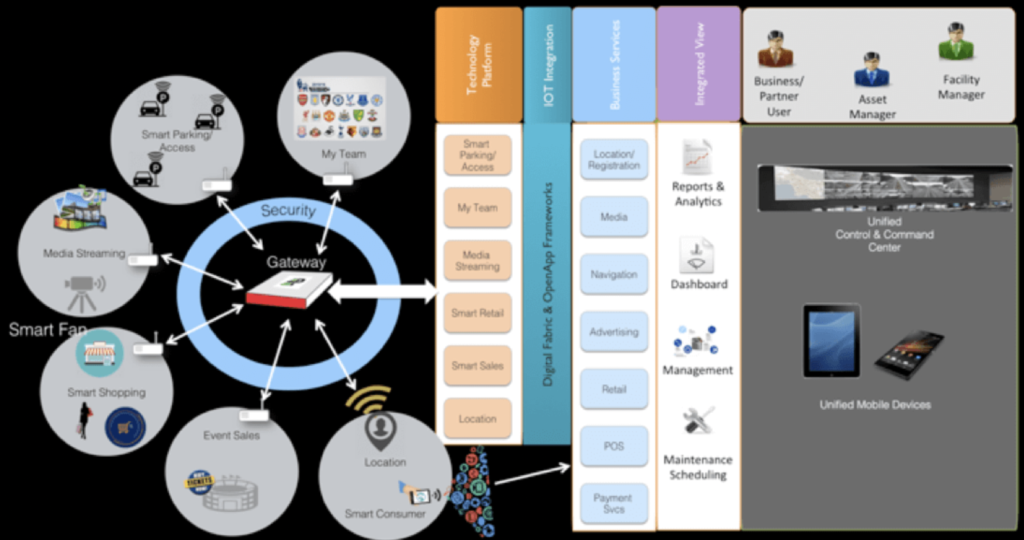
Apache Kafka is the de facto standard for data streaming. Let’s look at why data streaming is a perfect solution for modernizing sports use cases:
- Real-time data integration and processing: Most innovative sports use cases only work well if the information across systems is correlated in real-time. Kafka Connect, Kafka Streams, KSQL, and other components allow using a single infrastructure for data processing.
- Storage: True decoupling and backpressure handling are crucial as slow consumers have different data processing capabilities than real-time consumers. The replayability of historical information does not require yet another database or data lake. Tiered Storage enables cost-efficient long-term storage in Kafka.
- Hybrid edge infrastructure: Some use cases require low-latency or offline compute power. Kafka is perfect, being a single platform for real-time integration, data processing, and storage. Real-time replication between separate Kafka environments provides out-of-the-box support for edge analytics and sometimes disconnected environments.
- Data governance across stakeholders and environments: Data privacy, access control, compliance, and zero trust are critical characteristics of any modern IT infrastructure. The Kafka ecosystem monitors and enforces the end-to-end data flow using a Schema Registry for defining contracts between independent data producers and downstream consumers and additional tools on top of data lineage and distributed tracing.
- Fully managed cloud-first approach: The cloud enables focusing on business problems and innovation. Only manage your own Kafka clusters if serverless SaaS is impossible for security, cost, or latency reasons! Don’t trust marketing and make sure your Kafka service is indeed fully managed, not just partially managed, where you take over the risk and operation burden.
- Omnichannel customer 360: Most businesses and fans require access to information across different interfaces (including web browsers, mobile apps, devices, smart point of sale, location-based services, and so on). Kafka’s unique combination of real-time messaging and storage provides out-of-the-box support for building decoupling customer 360 applications.
- Data sharing and open API for B2B exchange: Most sports use cases hold various data sets that enable new internal and external use cases. Data sharing across business units and 3rd party business partners or public Open APIs in real-time allows innovation to improve the customer experience or establish brand new business models. Kafka and related cloud services enable real-time data exchange.
- Proactive cybersecurity: Digitalization comes with its risks. Stars use social networks. Stadiums and shops get connected. Cameras monitor players and environments. And so on. Real-time situational awareness and threat intelligence are crucial to protect the data, and people are essential in a world where everything is digital and integrated.
- Integration with blockchain, crypto, and NFT: Beyond the current crypto winter, many innovative use cases will come for the metaverse and decentralized identity management. one example is selling instant moments in sports via NFTs. Kafka is the middleware between regular applications and the NFT and crypto trading platforms.
Reimagine sports and turn customers into fans with data streaming using Apache Kafka
